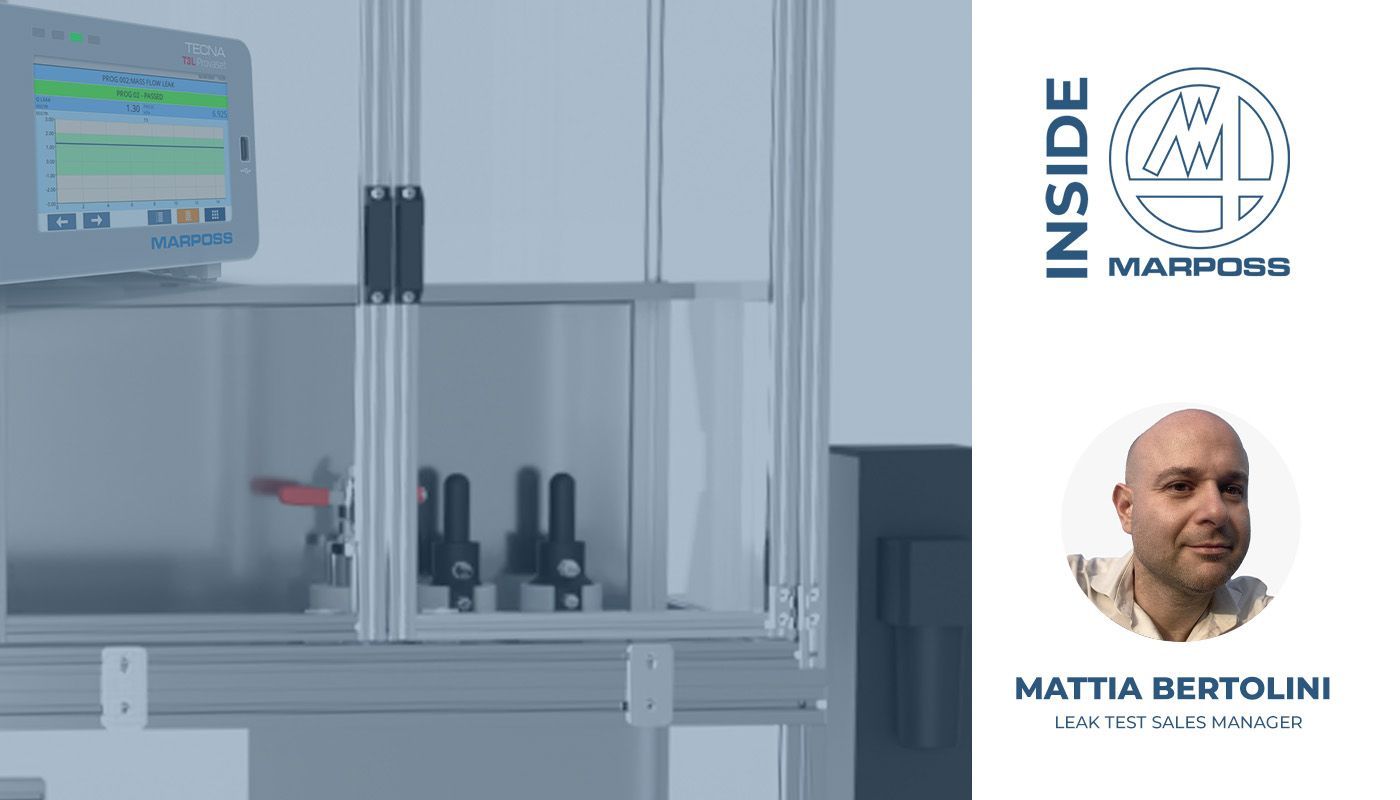
Marposs has introduced a standardized equipment layout designed to perform leak testing on a wide range of products, including high-volume samples. Initially developed for the marine industry—specifically for testing tanks with capacities ranging from 200 to 800 liters—this solution has since been adapted for similar components used across various sectors.
The testing process ensures 100% production control by employing Marposs Tecna leak detectors, which utilize the pressure drop method with air. A key feature of this setup is the integration of an air dryer, which enhances the quality of the fluid used in the process, ultimately contributing to more accurate and reliable test results.
The operation itself is straightforward and efficient. Once the sample is positioned next to the test bench, the operator connects the process circuit to the component and initiates the fully automatic cycle. This test sequence follows two distinct pressure targets, ensuring a thorough assessment of the sample's integrity.
One of the key advantages of this system is its ability to optimize workflow. While the test cycle is in progress, the operator is free to focus on other tasks unrelated to the testing process, thereby improving overall production efficiency. Additionally, the system is designed for versatility, allowing for quick and easy setup between different components. The ability to store multiple test recipes, combined with the advanced performance range of the leak detector, ensures adaptability to various testing requirements.
At the core of this solution is the Marposs Tecna T3LMF leak detector, specifically designed for high-volume applications. Featuring an intuitive HMI screen, the system provides clear differentiation between good (G) and non-conforming (NG) samples. Furthermore, an integrated module allows for the addition of complementary devices, such as a printer or barcode reader, enhancing traceability and data management. The leak detector is also equipped with a built-in I/O card, enabling the control of additional tests without the need for an external PLC.
For example, in a typical application involving a marine fuel tank made of stainless steel with a volume of 800 liters, the test sequence is carried out in two stages. The first step involves an air charge of 300 mbarg, which serves to evaluate the mechanical properties of the tank. The second step, conducted at a lower pressure of 20 mbarg, is more sensitive to leakage issues, allowing for the detection of leaks in the range of 100 sccm. Depending on the specific test parameters, the system can achieve a productivity rate of approximately one sample every 20 minutes.
With its combination of efficiency, accuracy, and ease of use, this Marposs leak testing solution provides a reliable method for ensuring product integrity in high-volume manufacturing environments.